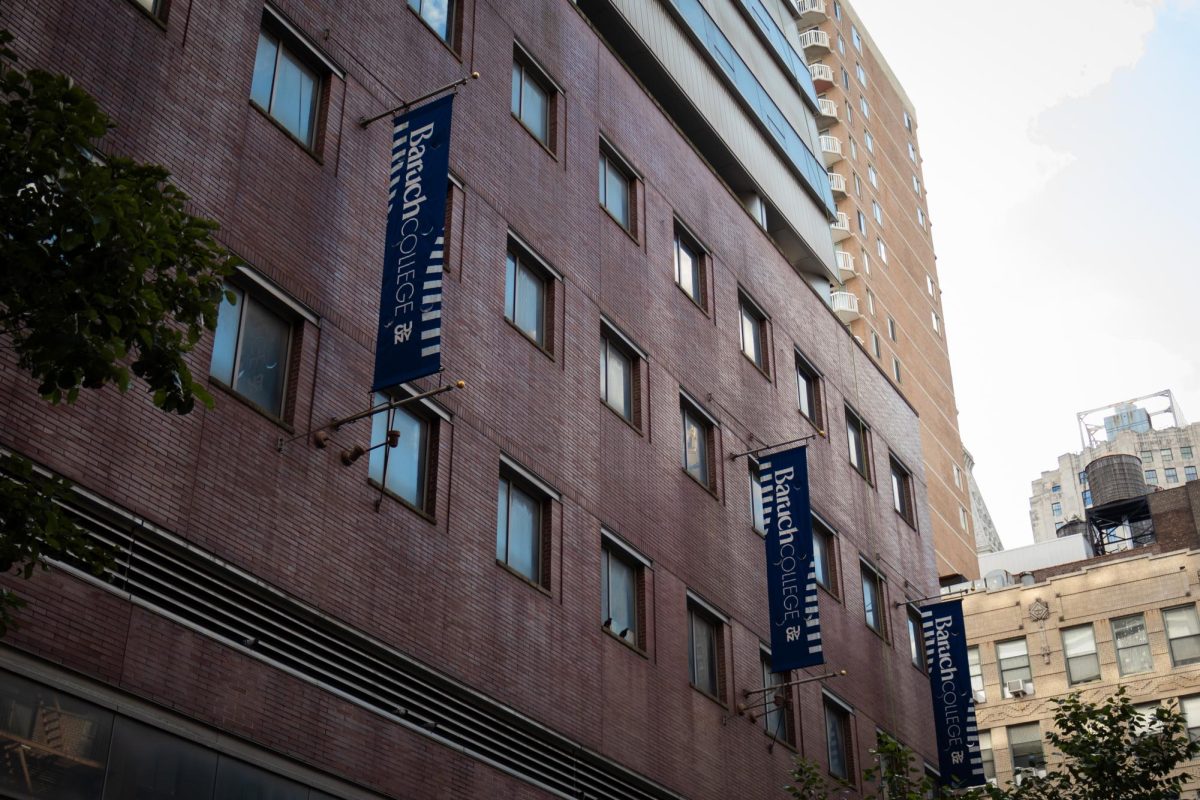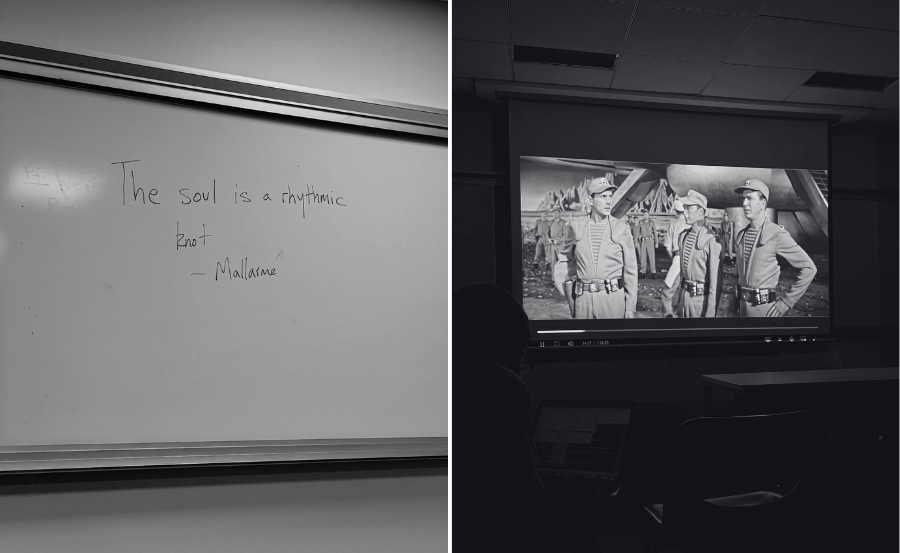The decision in Students for Fair Admissions v. President and Fellows of Harvard College directly contributed to the decline in students of color in some of the nation’s most selective colleges and could potentially stifle their admission rates into the foreseeable future. Since affirmative action was put in place to help increase opportunities for underrepresented groups, removing race as a factor undoubtedly puts racial minorities at a disadvantage.
The way that this decision is being enforced is that admission officers were prohibited from looking at the boxes where applicants checked off their race or ethnicity until after all decisions and enrollments had been completed.. According to recent data, results have already started to show.
The Wall Street Journal looked at first-year classes for 20 colleges and found that for many schools, the number of racial minorities sharply decreased, with Black students experiencing an even greater decline.
Additionally, one hidden consequence is that minority groups might become discouraged from even applying to elite schools.
“The share of Latino and Black students with high grade-point averages or high standardized test scores applying to at least one very selective college has been declining in recent years,” The Wall Street Journal reports, based on data from Common App. There is a high likelihood that removing race as a factor from college admissions will only further accelerate these findings.
It is worth noting that this situation all started because Students for Fair Admission, a non-profit membership group of roughly 20,000 students, sued Harvard University for allegedly discriminating against Asian American applicants. In an ironic twist of irony, after winning the case, Asian enrollments at top schools have declined.
After the results for the 2023-2024 college cycle, the Students for Fair Admissions is threatening to investigate whether certain schools were following the rules provided by the Supreme Court in the aforementioned decision.
The S.F.F.A’sSFFA claim is that these “racial numbers are not possible under true neutrality,” and their evidence is that Asian enrollment in top colleges such as Princeton University, Yale University and Duke University is down compared to last year. This argument is very weak, as it shows how the group’s true motivation for suing Harvard was not to end race-based college admissions, but instead to raise the enrollment rates for Asian students.
With all that said, it’s clear that many universities have tried to keep race in mind when considering their student population. For instance, Princeton tried to maintain more diversity by “increasing the percentage of students on financial aid, to 71 percent from 66 percent.”
A small detail that should be considered when evaluating the data is that the percentage of students who chose not to reveal their race or ethnicity on their college applications has gone up. For example, at Duke, that number went from 5 percent % last year to 11% this year. At Princeton, that number increased to 7.7% this year from just 1.8% last year.
While these are not insignificant jumps, the figures represent a fast-growing population of students who are deciding not to put their race, possibly due to the belief that including it might hurt their admission chances.
It is too early to make any definitive claims about the effects of the Supreme Court decision. One thing is for certain, however: this is a sensitive topic that should be monitored closely on a year-by-year basis to determine if any further changes are needed.










